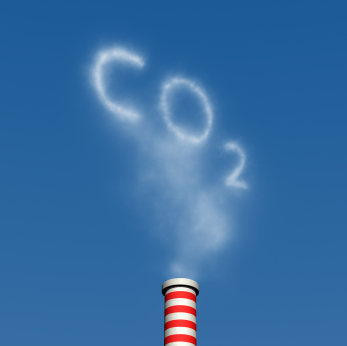This post is co-written by Mark Kresowik, Corporate Accountability Representative for the Sierra Club’s National Coal Campaign.
Shortly after the credit markets crumbled this fall, Executive Secretary of the United Nations Framework Convention on Climate Change, Yvo De Boer, suggested that it was a good time for banks to review the financial risks of global warming: “We’re in this pickle in the first place because these banks made unwise loans. Giving a loan that doesn’t take climate change into account also is an unwise loan.â€
As UN Climate Change Conference talks in Poznan, Poland wind down, the incoming U.S. administration is gearing up plans to restore the flow of credit and stimulate the economy, led by creating millions of new green jobs through energy efficiency and clean energy.
This is great news for our economy and the environment. But it also means banks and credit rating agencies rushing to green light as many as 100 massive coal-fired power plants. Banks like Citigroup, JPMorgan Chase, Goldman Sachs, Moody’s, Standard and Poor’s, and Fitch Ratings are betting against the next President of the United States and making a new round of subprime loans.
Coal plants cost billions of dollars to build, and this requires bank loans. In turn, those banks are expecting us to buy power from the utilities for decades, at a high enough price to cover operating costs and pay back the loans.
Coal plants are also very dirty, spewing millions of tons of global warming pollution and toxic particles into the air. So far we have given companies a free pass, letting them emit as much carbon dioxide as they want. But with President-Elect Obama and Congress committed to strong action on global warming, the free pollution days are over.
So if companies build new coal plants – 100 plants currently proposed at a cost of more than $250 billion – we will be paying higher electricity prices for more pollution.
As energy prices soared earlier this year, families and businesses across the country have said “No More!†Electricity demand has been dropping as people reduce waste and install energy sipping appliances and light bulbs. The incoming administration is planning to help save even more energy.
In short, we aren’t going to need the power from new coal plants. Just like we didn’t want gas-guzzling cars, we don’t want pollution-spewing coal plants.
Americans want energy-efficient technology. So when banks and utilities are suddenly without customers willing to buy coal power, expect banks and utilities to be next in line for bailouts.
As energy demand drops further, companies that build risky new coal plants will only have two options – default on loans or raise energy prices even higher. Defaults on loans hurt the banking system and local communities. Higher prices hurt residential consumers and chase businesses away. We’ve seen this cycle before.
We can’t afford to repeat the same mistakes, but the credit rating agencies and investment banks have put their heads in the sand when they really need to see the efficient, clean energy future ahead. We hope Congress will urge the same, as we taxpayers are tiring of the bailouts.
